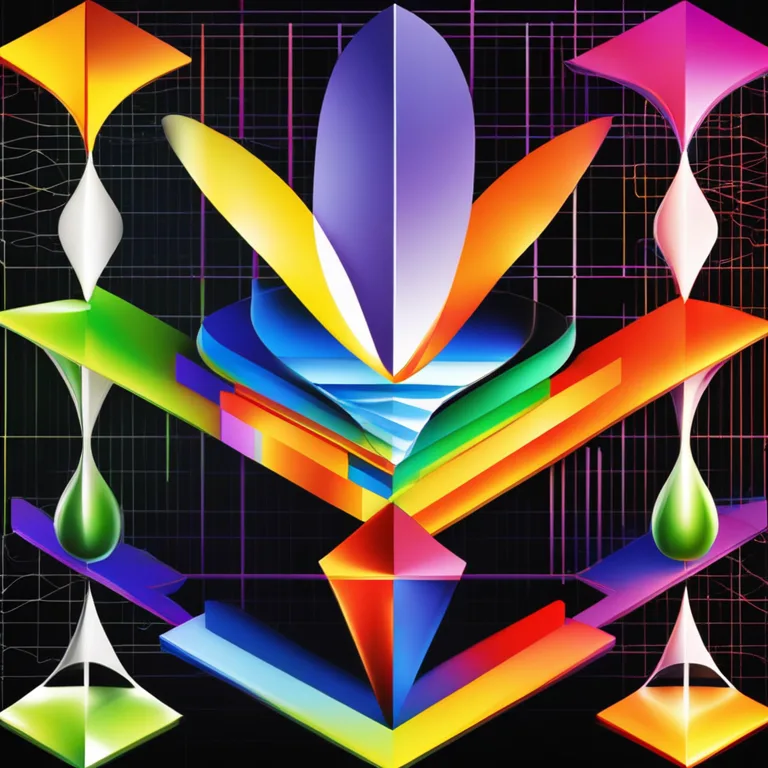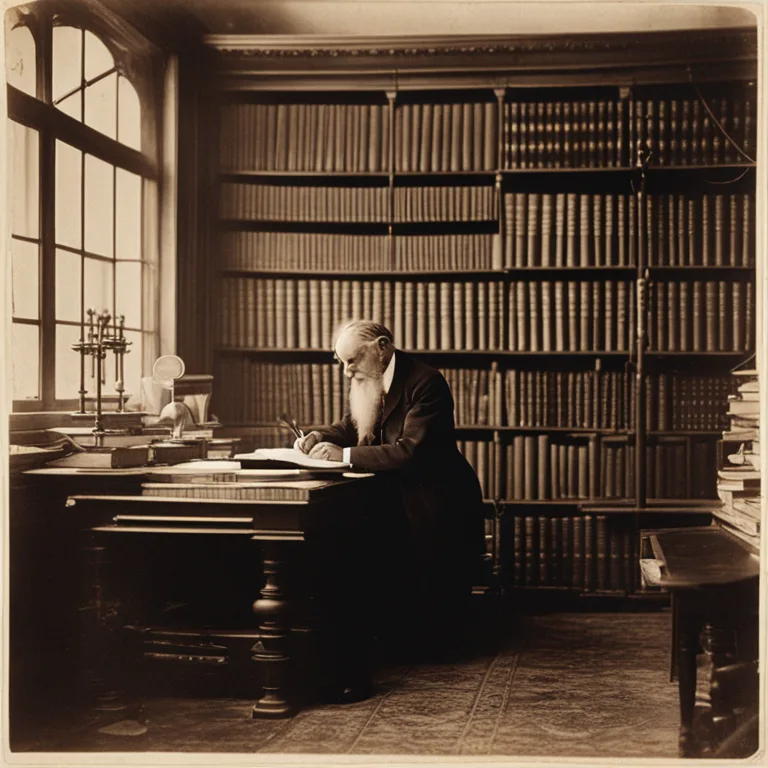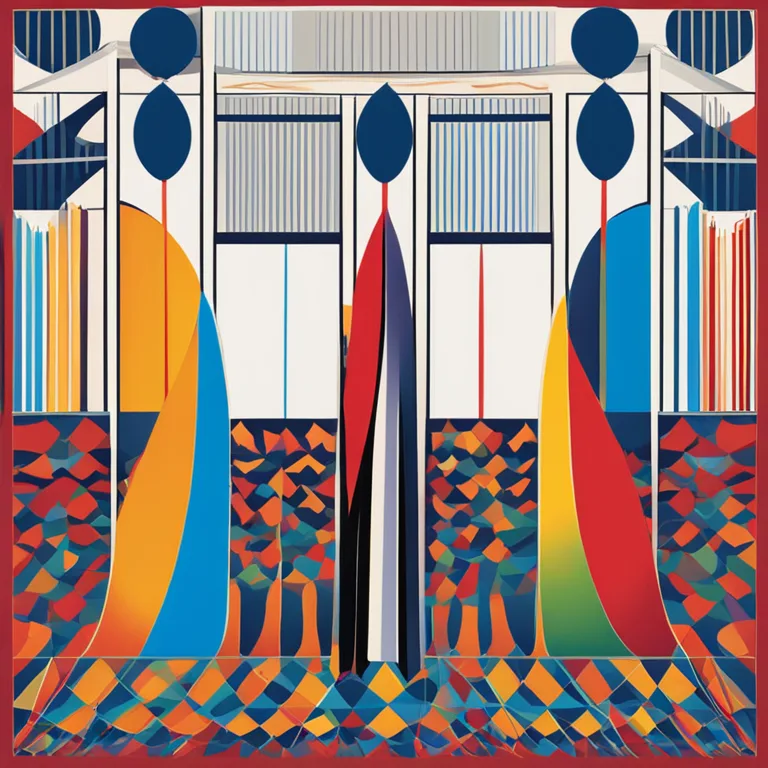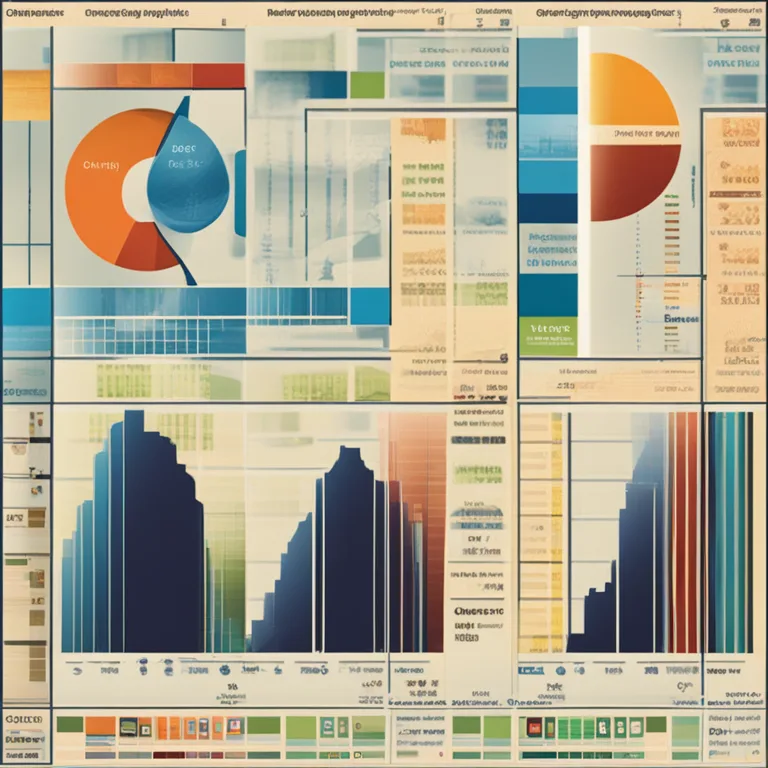
The Roots of Biorhythm Theory
The story behind biorhythms is as fascinating as the concept itself. Delve into the roots of biorhythm theory and discover its place in modern life.
article by Adrian Wallace
The Genesis of Biorhythm Concepts
In the late 19th century, the seed of biorhythm theory was planted by Dr. Wilhelm Fliess, a Berlin physician. Fliess, a close confidant of Sigmund Freud, observed recurring cycles in the histories of his patients, leading him to deduce that humans might be subject to regular biological cycles. These ideas gave birth to the concept of biorhythms, rhythmic biological patterns purported to predict various aspects of individuals' physical, emotional, and intellectual faculties.

Biorhythms and Modern Interpretations
Though the notion dates back over a century, biorhythm theory has evolved. In its contemporary guise, it is interwoven with technology and lifestyle applications. No longer confined to the realm of philosophy and theoretical musings, biorhythms have found a niche in the digital age, with apps and online calculators aiming to track personal biocycles in the pursuit of optimizing well-being and predicting periods of high performance or potential vulnerability.

Scientific Scrutiny and Popularity
Biorhythm theory, despite its age, has not been immune to scrutiny. Scientific consensus generally views biorhythms as pseudoscience, lacking empirical evidence to support its claims. Nonetheless, there's a persistent allure that keeps it popular among enthusiasts. Its appeal lies in the personal empowerment – the idea that by understanding one's cycles, they can take charge of their life's outcomes. It's this tantalizing prospect that keeps the concept within the public imagination.

Primary Cycles of Focus
The crux of biorhythm theory lies within three primary cycles: physical, emotional, and intellectual. Each cycle is believed to start at birth and to oscillate between positive and negative phases. The physical cycle, taking 23 days, governs vitality and coordination, while the emotional cycle lasts 28 days, influencing creativity and mood. The intellectual cycle, spanning 33 days, moderates analytics and reasoning. The interplay between these cycles is theorized to shape our daily lives.

Incorporation into Holistic Practices
Biorhythm theory has inevitably entwined itself with holistic practices. It complements an array of alternative well-being systems, such as astrology and meditation, which cater to increasing demands for personalized health narratives. Amidst the eclectic melting pot of holistic wellness regimes, biorhythm theory has staked its claim, assuring adherents an additional lens through which to view their health and decision-making processes.
Looking Ahead
As we venture further into the 21st century, the trajectory of biorhythm theory is an enduring testament to its adaptability and the human craving for self-knowledge. While science may not underpin it, the demand for personal rhythm tracking remains undiminished. If nothing else, biorhythms serve as a reflection of the timeless quest for understanding the undulations of human existence and maximizing potential throughout the myriad phases of life.
Published: 12/28/2023
Modified: 12/28/2023
More predictions
Come back here soon to learn more about yourself and your future


The Accuracy of Biorhythms: Fact or Fallacy?
Evaluating the precision of biorhythms and how they merit in personal assessment for the contemporary mindful individual.


The Intricacies of Biorhythm Charts
Delve into the world of biorhythms with our concise guide on understanding biorhythm charts and how they might influence your daily life.


Measuring Your Biorhythms: A Step-by-Step Guide
Discover how to track and measure your biorhythms to better understand your physical, emotional, and intellectual cycles for optimal well-being.